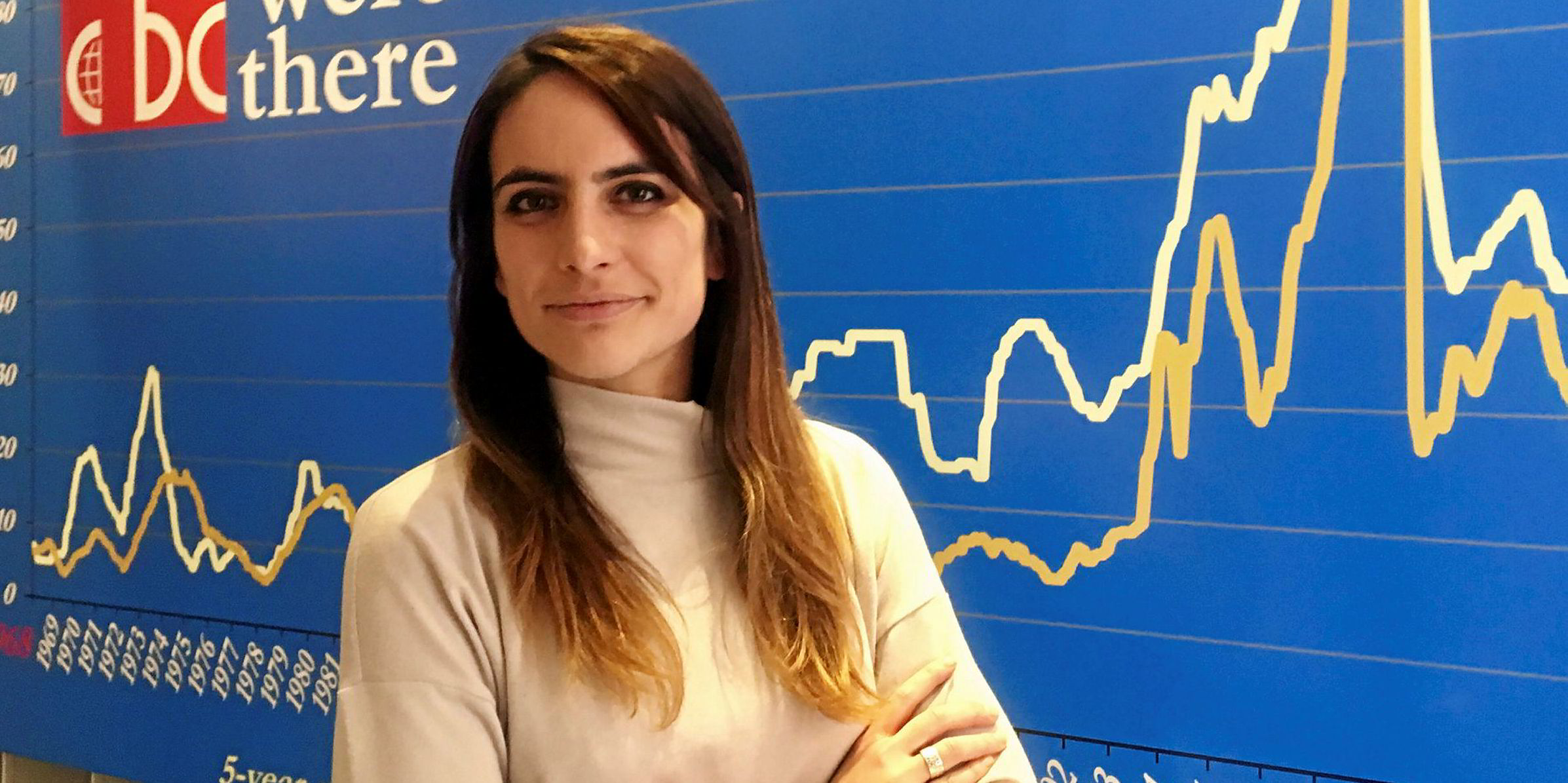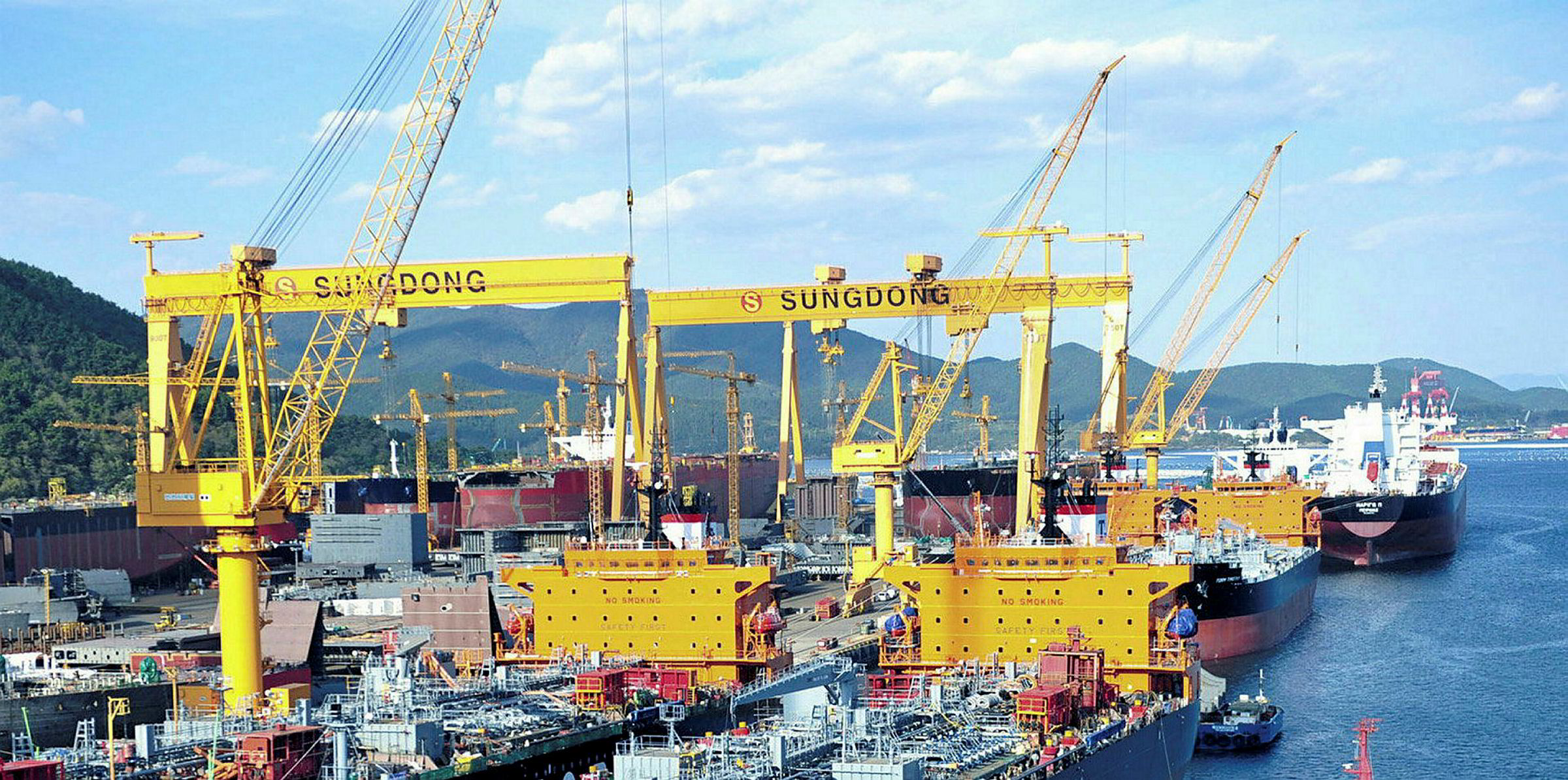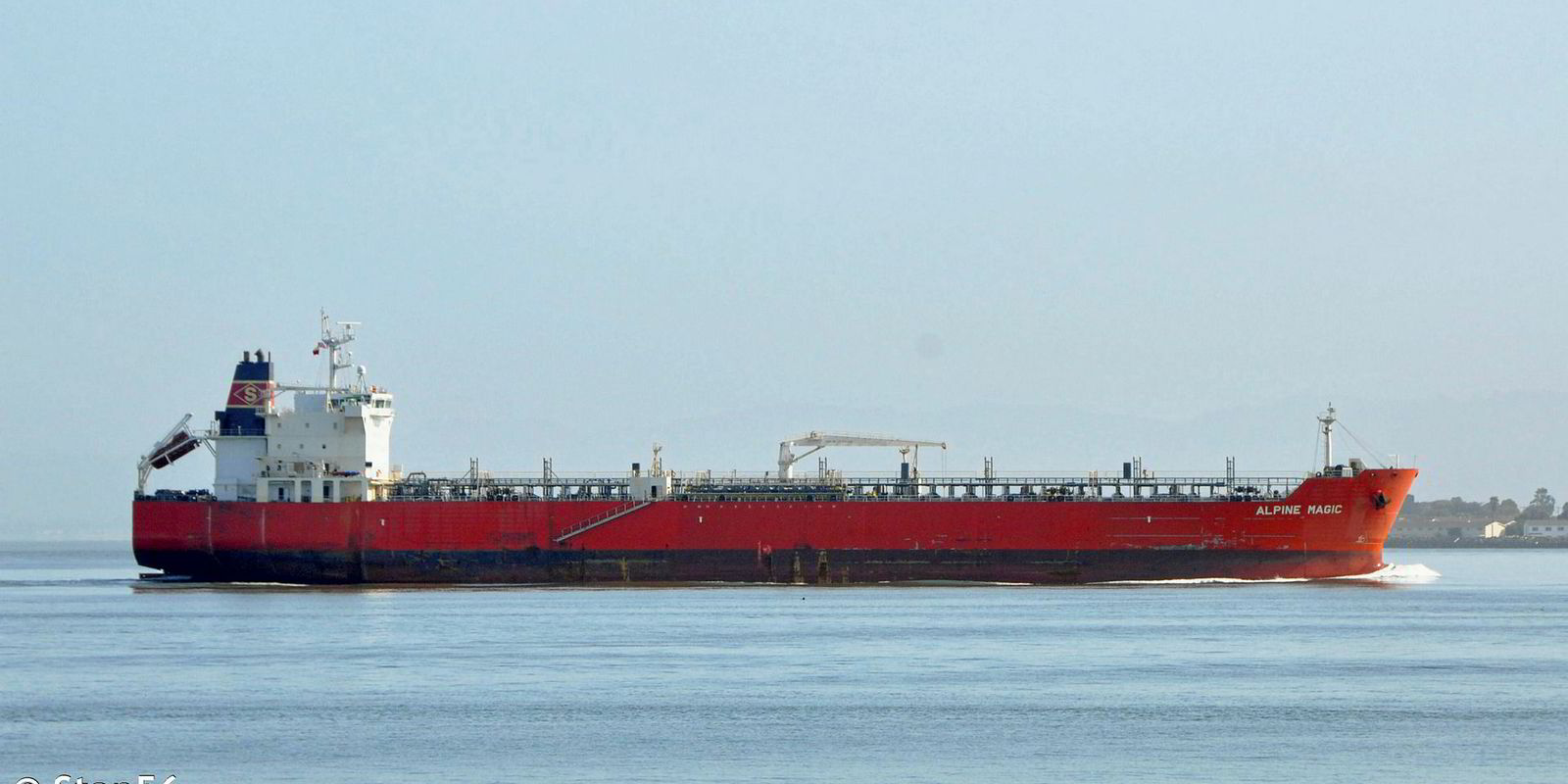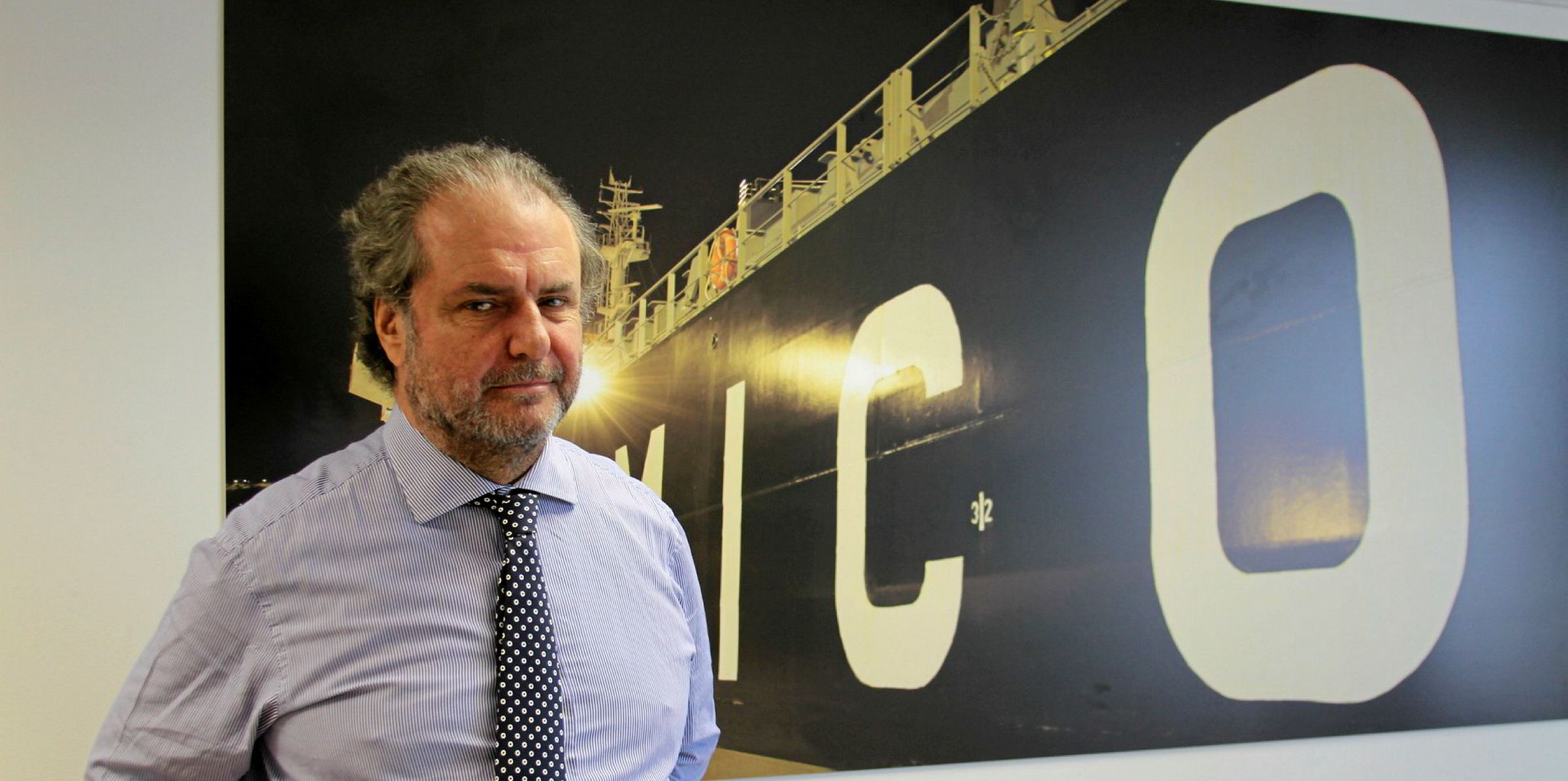The secondhand market for MR product tankers has experienced a frenzy of activity this year as many investors bet on rising earnings in the segment amid improved supply and demand.
With acceptable fleet growth and forecast incremental demand triggered by the IMO 2020 rules, industry sources suggest the MR market has been attracting more buying interest than usual for a market that is already often the most liquid among tanker segments due to lower capital requirements.
According to Clarksons data, 23 MRs totalling 1.02 million dwt have changed hands in the secondhand market so far this year, compared with 14 vessels of 614,000 dwt in the same period of 2018.
The rise in the number of transactions has been accompanied by increasing asset values, as the price of a five-year-old MR tanker was assessed by the Baltic Exchange at $27.7m at the beginning of April — up from $24.8m a year ago.
Brokers point out that vessels of up to 10 years old have gathered the most interest, as they tend to be more fuel efficient and better positioned to take advantage of expected higher bunker costs from next year due to the IMO rules.
Asset value appreciation hopes
However, only seven of the 23 vessels recorded in the Clarksons database are in this age group, suggesting that owners of modern tonnage might be holding out for further appreciation in asset values. McQuilling Services has forecast the price of a five-year-old, 50,000-dwt tanker will average $30.7m this year.
Older vessels have been transacted more often in the secondhand market, but the gains in their prices have not been pronounced.
At the end of March, Finaval reportedly sold the 50,900-dwt Isola Bianca (built 2008) to Falcon Navigation for $15.5m. This was even lower than the $16m that Product Shipping & Trading fetched for the 47,000-dwt Ayesha (built 2008) in December last year.
Both vessels were constructed by South Korean shipbuilders: the Isola Bianca from SPP Shipbuilding and the Ayesha from Hyundai Mipo Dockyard.
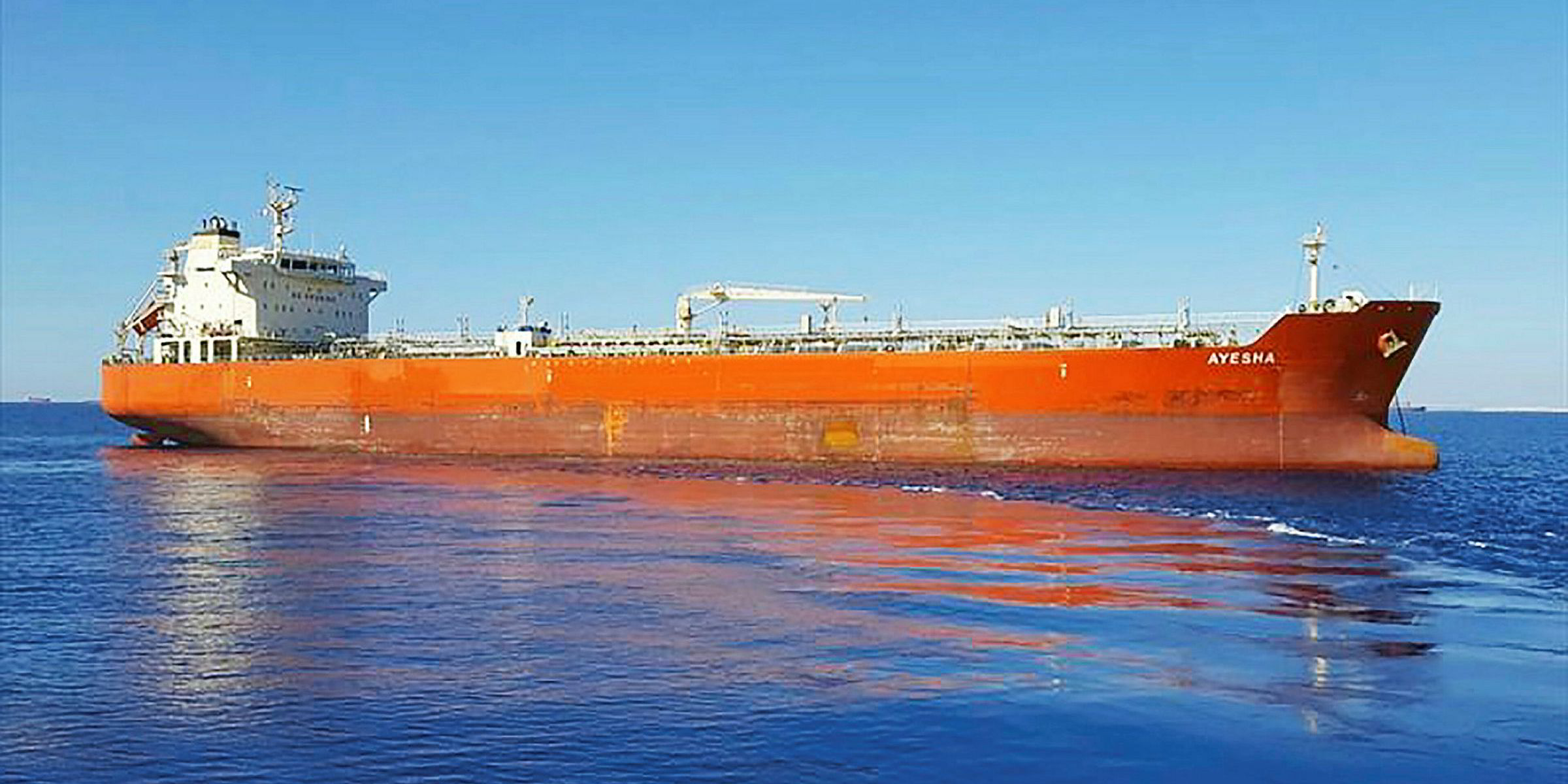
Still, the overall strong earnings prospects of MRs may still make vessels aged 10 or above good targets for investments, according to VesselsValue analyst Court Smith.
“More asset value upside is possible with older ships,” he said.
In Bloomberg’s latest survey of shipping analysts on spot earnings, the median estimate for MRs is $15,000 per day in 2019 and $18,000 per day in 2020, compared with $10,740 per day last year.
“We understand that owners' interest in MRs, whose prices are still competitive, is for the hope that the trade of oil products will be boosted with the IMO 2020 new regulations,” Banchero Costa’s senior tanker analyst Federica Sani said.
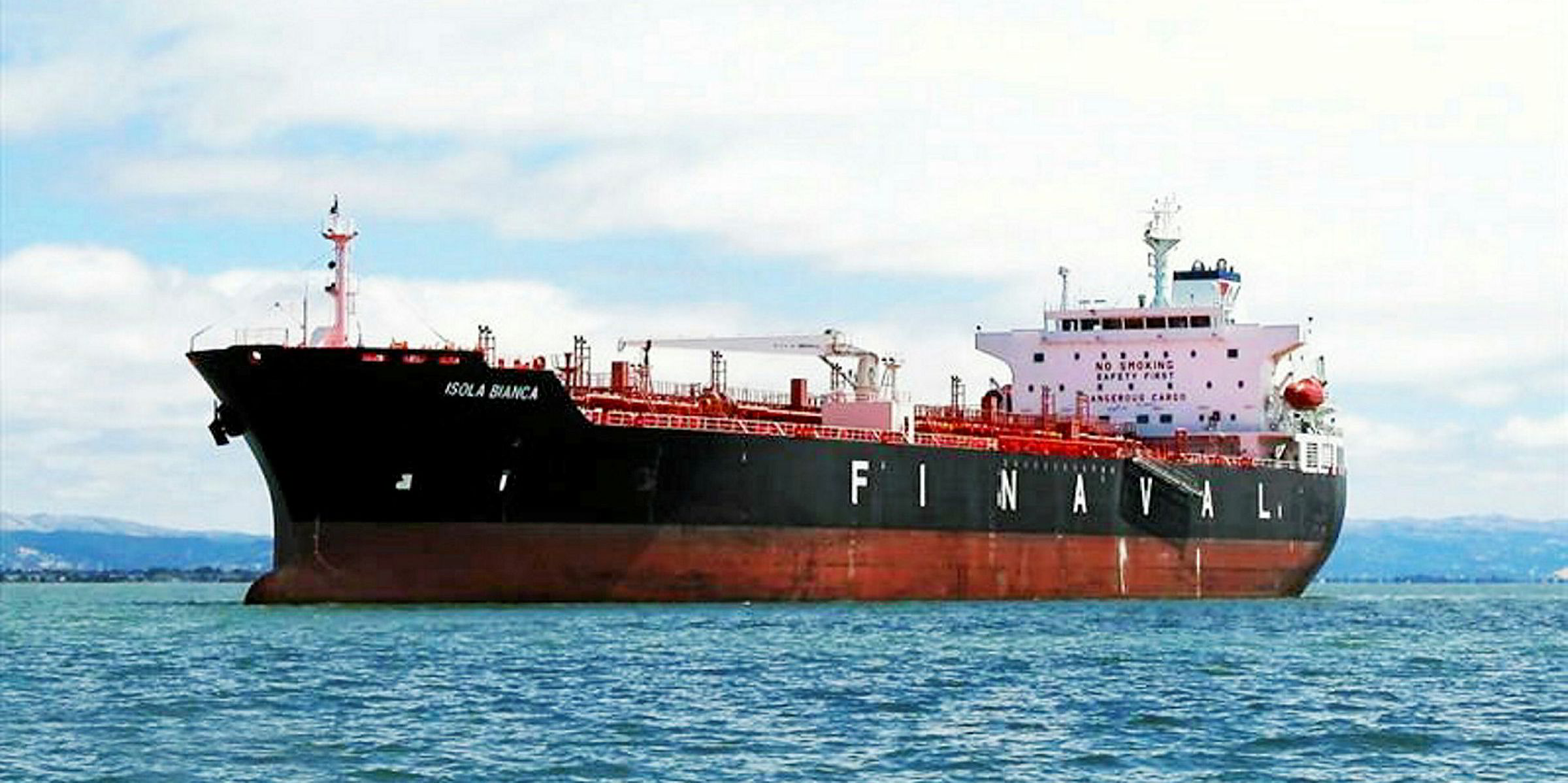
Many industry officials have predicted a significant increase in demand for marine gasoil, a type of IMO-compliant fuel post-2020. The International Energy Agency expects its consumption to rise from 900,000 bpd this year to two million barrels per day (bpd) in 2020.
This is expected to trigger more inter-regional and intra-regional distillates flows, boosting demand for all sizes of product tankers.
MR vessels are in a better position to benefit from the incremental demand, as they are more suitable to carry out multiple discharge operations at smaller ports that cannot receive LRs, according to Smith.
“Traders prefer to work with 35,000-dwt, 37,000-dwt parcels... so there is the optionality if you bring a diesel cargo to a MR,” Smith said.
On the supply side, McQuilling expects 58 product tanker newbuildings to be delivered in 2019, partially offset by the removal of 39 vessels.
“We are a little bit more bullish on the clean tanker [this year],” McQuilling’s marine transport advisor Conor Stone said in an online presentation.
